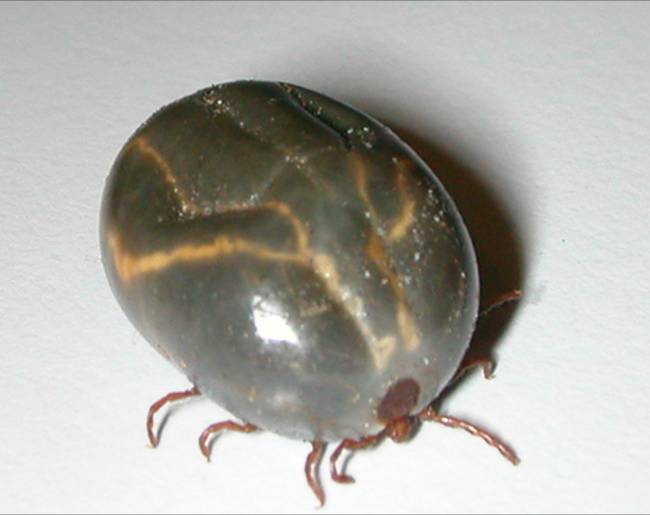Last week, the New Jersey Department of Agriculture announced their follow-up to a problem that occurred last summer; “On August 1, 2017, after shearing a 12-year-old Icelandic sheep named Hannah, a farmer went to the Hunterdon County Health Office”1 covered in thousands of ticks.
RELATED STORY:
What was particularly disturbing about this situation is that the woman was covered in a tick species not typically found in the United States nor was it one of the 5 tick species known to be present in New Jersey: Ixodes scapularis, Amblyomma americanum, Dermacentor variabilis, Rhipicephalus sanguineus, and Ixodes cookei. No, the farmer was instead covered in the Haemaphysalis Iongicornis species, known as the East Asian or Longhorned tick.
“The ticks in the paddock were so numerous that they crawled on investigators’ pants soon after setting foot inside. The sheep was supporting hundreds of ticks, including all three active life stages (larva, nymph, adult). Although ticks were concentrated on the sheep’s ears and face, engorged ticks of all stages were readily found all over its body, including areas beneath the animal’s thick coat. In contrast, questing ticks recovered from the field were almost exclusively larvae.”2
One more disgusting and terrifying thing about Haemaphysalis Iongicornis is that they don’t need to have sex to multiply.
RELATED STORY:
As described in this publication in the journal Emerging Infectious Diseases, the Haemaphysalis longicornis tick has been spreading the virus that causes severe fever with thrombocytopenia syndrome (SFTS) in parts of China:3
- this disease results in fever and low platelets so that you start bleeding
- those infected with the SFTS virus can also develop gastrointestinal symptoms, low white blood cell counts, and elevated liver enzymes
- up to a 30% of people with SFTS die (usually from multi-organ failure) as indicated by this publication in the Journal of Virology.
“The East Asian or Longhorned tick has also been known to spread Rickettsia japonica, which can cause Japanese spotted fever, and Theileria orientalis, which can cause theileriosis in cattle, and to carry other microbes such as Anaplasma, Ehrilichia, and Borrelia spp.”4
Thus far, health officials have not found the Longhorned ticks in New Jersey to be carrying any disease-causing microbes nor has the tick species been found outside of New Jersey. That doesn’t mean it hasn’t traveled outside of the state but so far, no news is good news.
In order to kill off the ticks, officials tried washing the sheep with chemicals and cutting the tall grass in the area. They were hoping the ticks wouldn’t survive the winter, however, on Friday the New Jersey Department of Ag announced that despite the cold winter, the ticks are still present in the environment.
RELATED STORY:
Please be vigilant when you are near animals known to carry ticks and when you go outside. Always make sure to check yourself for ticks when you return home.
Be safe. XO- Erin












